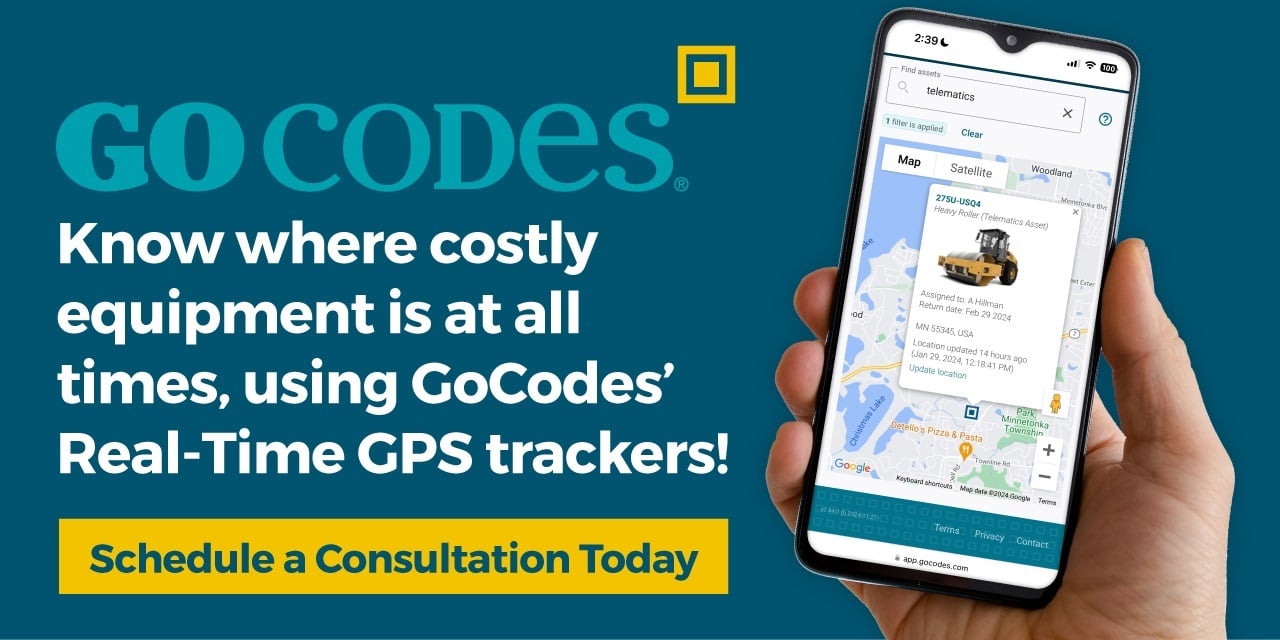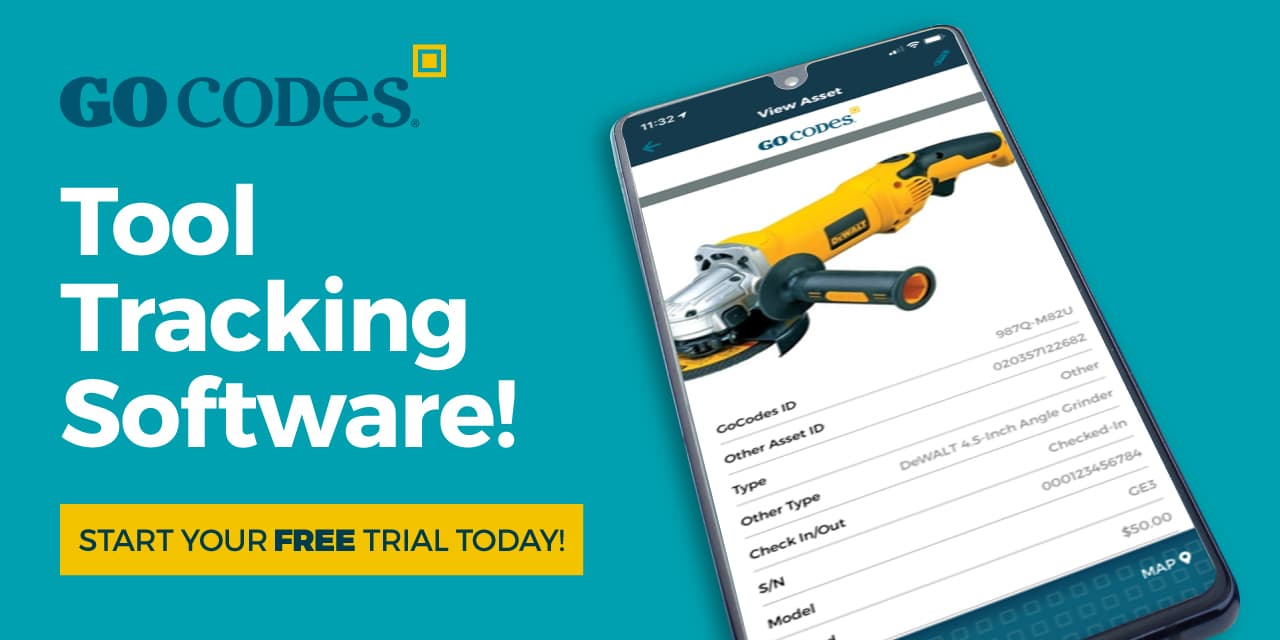Picture your fleet, the lifeblood of your business, disrupted by theft.
A missing truck, siphoned fuel, or stolen cargo can cost your company thousands—if not more. No fleet manager wants to face this scenario, yet it’s all too common.
Fleet theft is a growing concern in logistics, transportation, construction, and rental services, but the good news is that it’s preventable.
In this guide, we’ll explore the most common types of fleet theft, how to detect each, and actionable tips to help you safeguard your assets.
Let’s dive in.
In this article...
Vehicle Theft
Just imagine waking up to find your high-value delivery truck gone. This isn’t just a financial hit; it disrupts operations, damages client trust, and creates a logistical nightmare.
Vehicle theft is one of the most devastating forms of fleet theft, where entire vehicles vanish from parking lots, job sites, or even during transit.
Criminal groups are now targeting any form of vehicle, from cars to high-value trucks and vans belonging to a commercial fleet, for resale.
What is most worrisome is how often this type of theft happens and the devastating damage it does to companies.
There has been a nationwide uptick in vehicle, vehicle parts, and cargo theft in the US—fleet-driven businesses have not gone unscathed.
The National Insurance Crime Bureau (NICB) statistics show that 1,020,729 vehicles were stolen in 2023, up from 1,008,756 in 2022.
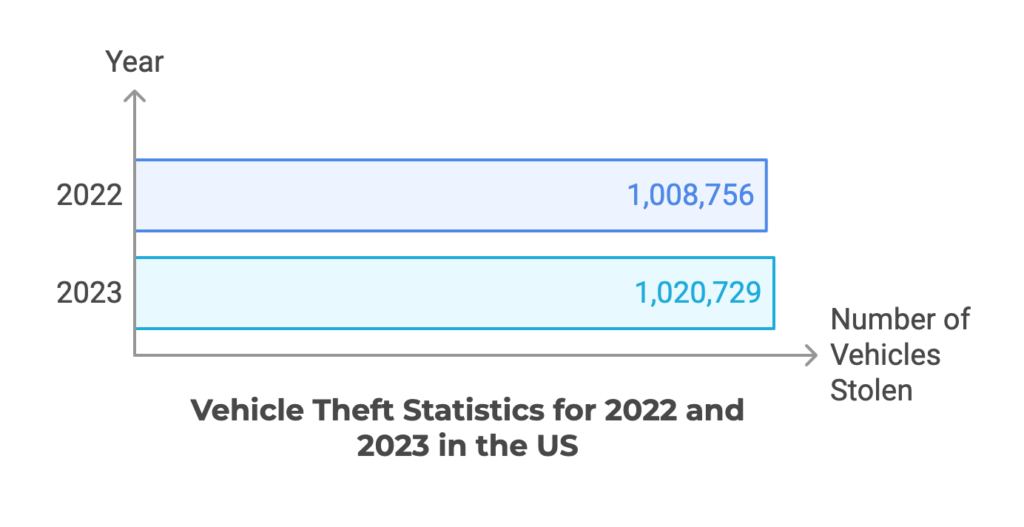
Illustration: GoCodes Asset Tracking / Source: NICB
To combat vehicle theft, fleet managers can use advanced GPS tracking systems that monitor real-time vehicle locations.
GPS technology uses cellular, satellite, and mapping technology to point out exactly where a vehicle is, expediting response and recovery of stolen fleet vehicles and goods.

Source: GoCodes Asset Tracking
GPS tracking coupled with fleet management software enables another theft prevention measure – virtual boundaries called geofences.
Users can set up designated zones such as job sites, areas of operation, routing, and home turf.
Then, they will receive automated alerts when vehicles leave these zones, allowing them to promptly react to any unauthorized movements.
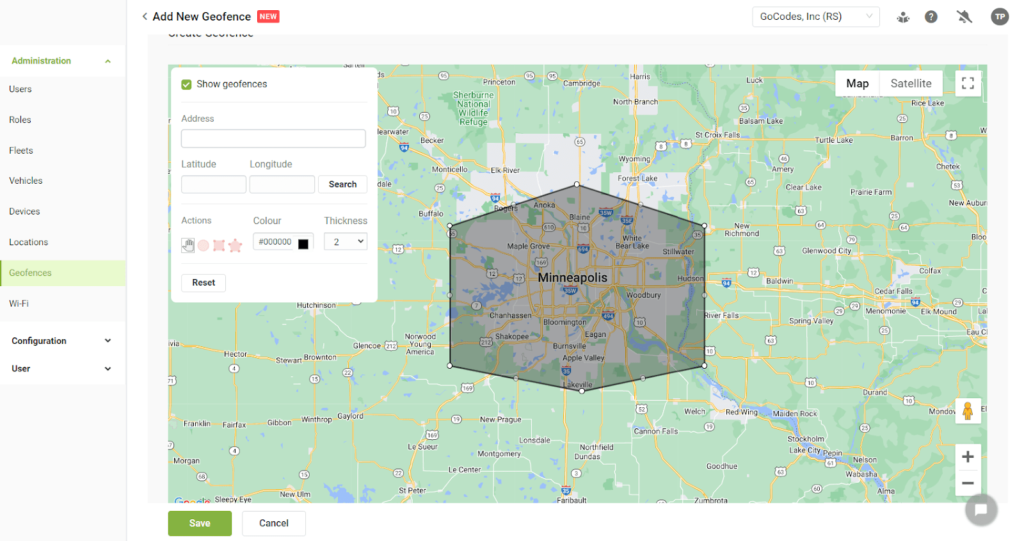
Source: GoCodes Asset Tracking
Besides securing your vehicles when in use, it is also crucial to safeguard them while in storage or at maintenance facilities.
To do so, secure parking lots with cameras, fencing, adequate lighting, and security personnel or patrols.
You can also consider installing electronic gate systems or assigning keycards to staff to limit facility access.
Fuel Theft
Fuel theft may not seem as dramatic as vehicle theft, but its impact is just as severe.
Often, fleet managers are unaware of what their drivers get up to while on duty.
Chris Corlee, former product management director at ORBCOMM, a company specializing in IoT and telematics solutions for fleet and asset management says that employees could be siphoning fuel or filling personal vehicles with company-paid fuel.
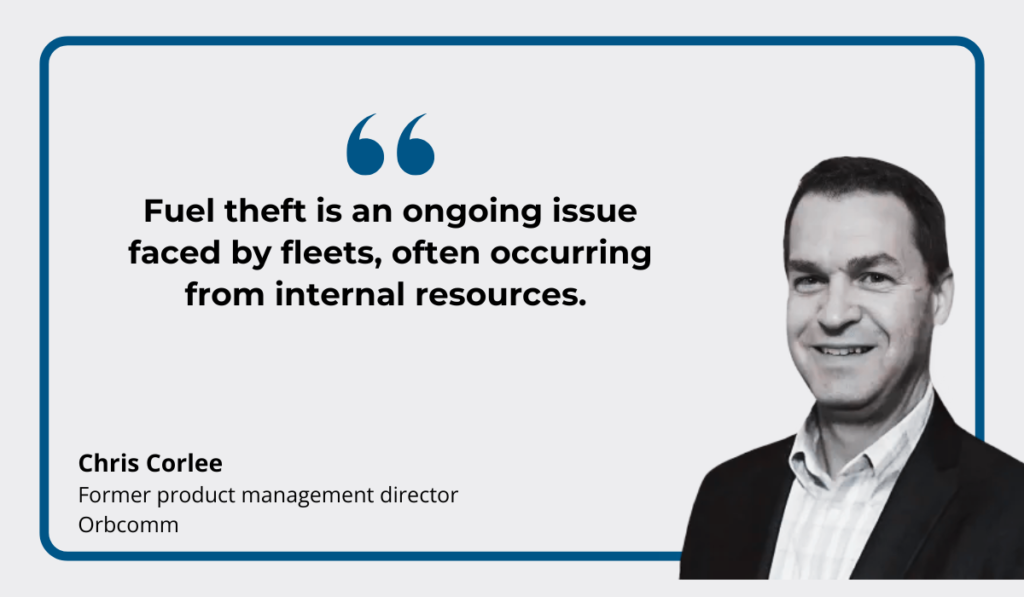
Illustration: GoCodes Asset Tracking / Quote: Fleet Maintenance
Fuel is one of the biggest and most crucial fleet operational costs, and when fuel theft occurs, the losses can quickly add up.
Beyond the monetary cost, fuel theft erodes trust and morale within your team due to inefficiencies and operational challenges.
Fleet managers are forced to spend too much time reviewing fuel transactions to sniff out and prevent internal fuel theft.
| Types of Internal Fuel Theft | Signs of Internal Fuel Theft |
| Using company fuel cards to fill up personal vehicles | Too frequent refueling |
| Reporting wrong/inflated mileage numbers | Unauthorized or unreported fuel purchases |
| Making unauthorized purchases and reporting them as fuel | Route or expected mileage deviations |
| Inaccurate odometer readings |
So, how do you prevent fuel theft within your fleet?
Telematics systems are invaluable in detecting irregular fuel usage patterns.
It’s where hardware and software coupled together make magic.
When trackers are plugged into your vehicle diagnostics, they pass on the information on the fuel levels to the software.
Fleet management software tracks fuel levels and can send alerts in events of unusual drops in fuel levels, such as sudden spikes in usage, which may indicate siphoning or unauthorized use.
The system also picks up variables that affect fuel consumption, such as traffic, routes, and driving behavior, among others.
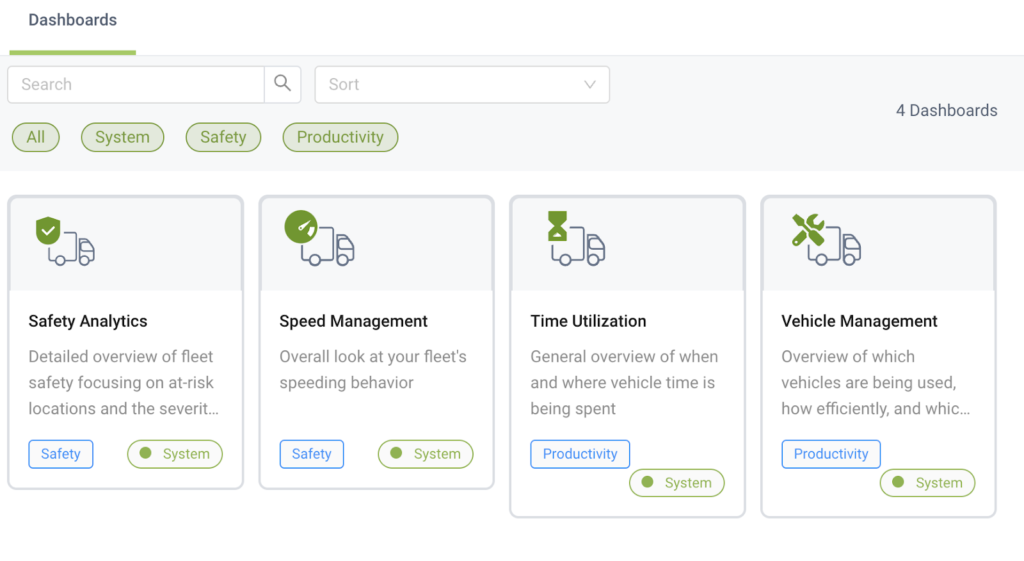
Source: GoCodes Asset Tracking
For instance, drivers who accelerate hard after a complete stop use more fuel than those who start slow and steady. This data is valuable for differentiating theft from unoptimized vehicle use.
Fleet managers can also curb unauthorized refueling by assigning unique fuel cards to each vehicle and setting strict usage limits.
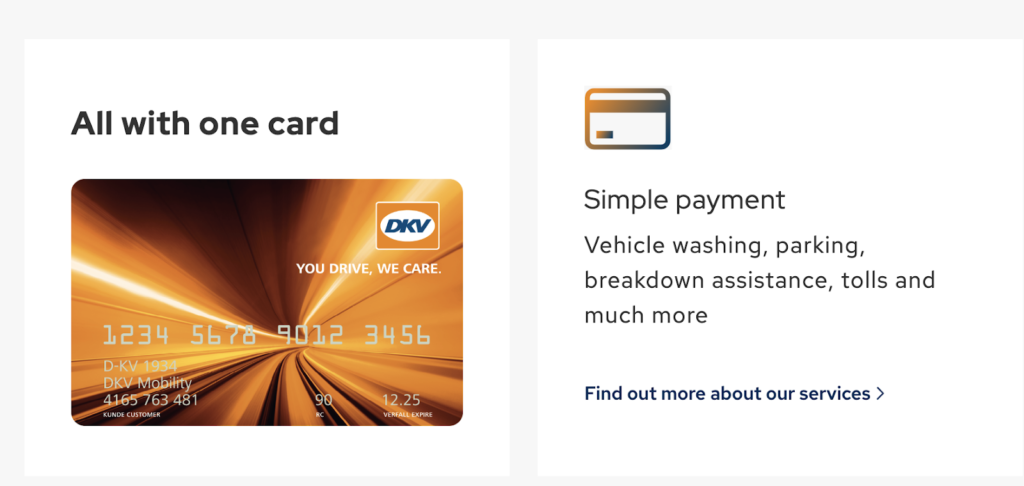
Source: Fuel card example from DKV Mobility
This ensures that only authorized drivers can access fuel, and limits the amount that can be dispensed per vehicle, reducing the risk of abuse.
Additionally, by tracking fuel transactions through these cards, managers can quickly identify any discrepancies or patterns that may indicate fraudulent activity, allowing them to take timely corrective actions.
By leveraging telematics systems and implementing strict fuel management protocols, fleet managers can effectively combat fuel theft, optimize fuel usage, and foster a more efficient, accountable fleet operation.
Cargo Theft
Cargo theft strikes at the heart of a fleet operation, targeting the goods you’re trusted to deliver.
High-value items like electronics or pharmaceuticals are particularly vulnerable, but the most targeted commodities are food and beverages as they are high-demand consumables.
Cargo thrives usually strike during transit, at rest stops, or in parking lots.

Source: Google
Due to the increased demand for convenient shopping at the click of a button, cargo theft, which has evolved into sophisticated impersonation schemes, is becoming more common.
According to FBI statistics, American companies lose $15 to $30 billion to cargo theft annually.
Any business involved in transportation and logistics must take proactive measures to secure cargo against theft.
Real-time GPS trackers can help closely monitor your cargo at all times.
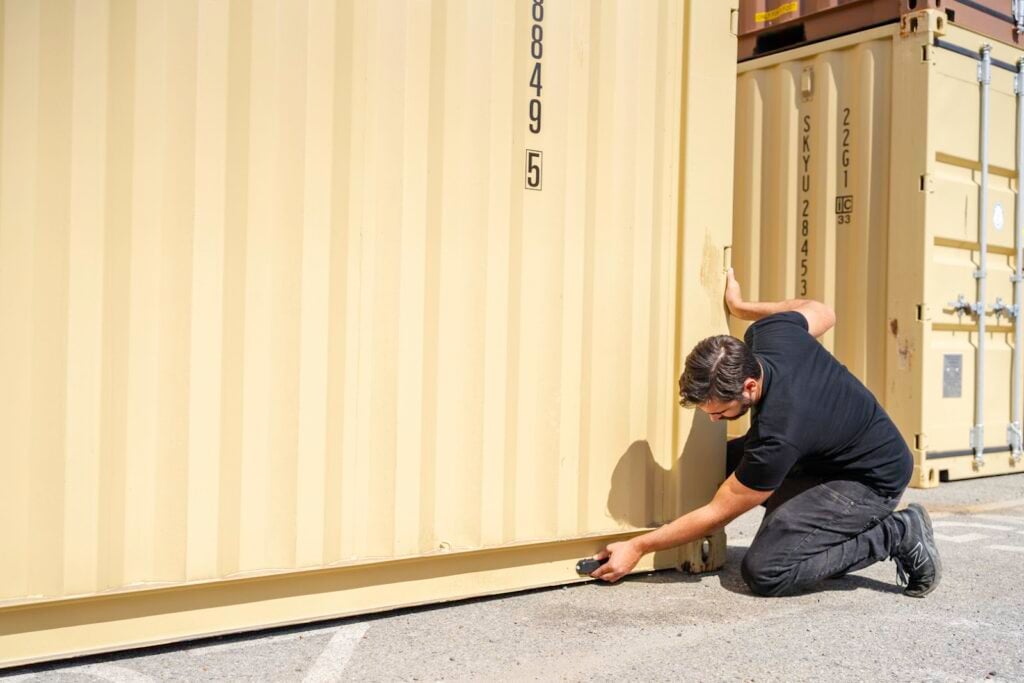
Source: GoCodes Asset Tracking
They can be well-hidden and help identify suspicious activity promptly, such as road deviations or vehicle use during non-designated working hours.
Another thing you could do to prevent cargo theft is to schedule deliveries to minimize storage time at vulnerable sites such as rest stops or parking lots.
Other effective strategies to keep your shipments safe include using hard locking devices and rear door tamper-proof locks on your trucks and strengthening cargo compartments with advanced security systems.
Component Theft
Sometimes, thieves don’t take the whole vehicle—they target its valuable parts instead. Catalytic converters, batteries, and tires are prime targets due to their high resale value.
Catalytic converters have become highly sought after due to strains on the supply of precious metals like platinum, palladium, and rhodium.
As Brian Joseph, Jr., operations manager at Fleet Fast, an Ohio-based body shop points out, catalytic converter thefts have risen in the past couple of years.
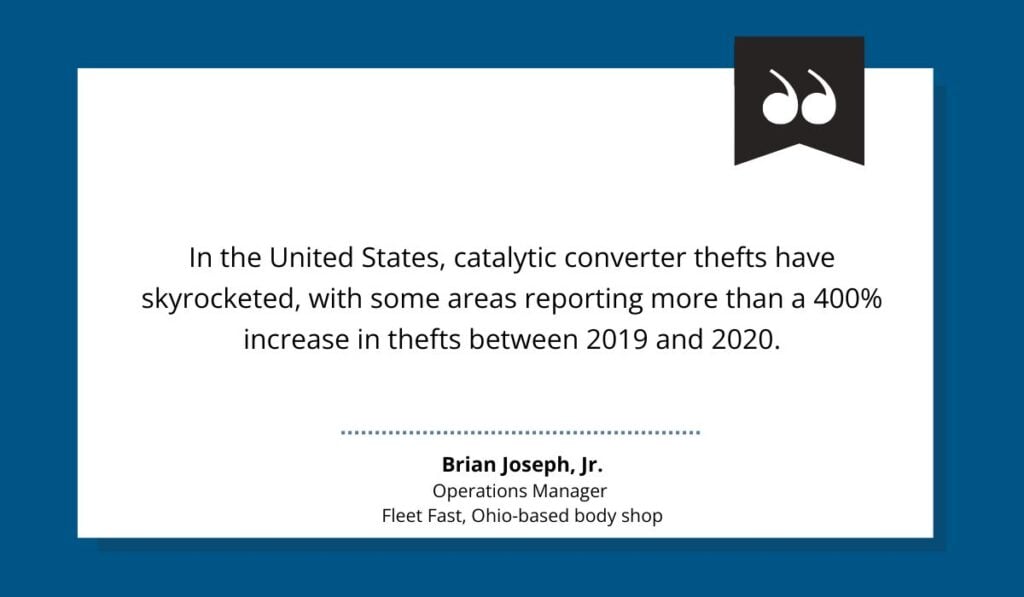
Illustration: GoCodes Asset Tracking / Quote: Fleet Maintenance
These converters can cost up to $1100 for large and rare models. To replace the stolen catalytic converter, you’ll have to cough up about $1,000 to $3,000 per unit, making this theft particularly costly.
Other commonly targeted vehicle components include radios, wheels, batteries, truck tailgates, and stereo or communication systems.
The cost of component theft extends beyond the stolen parts; it also causes businesses to lose more money servicing retrieved components.
Then, there are ancillary expenses stemming from productivity loss and downtime.
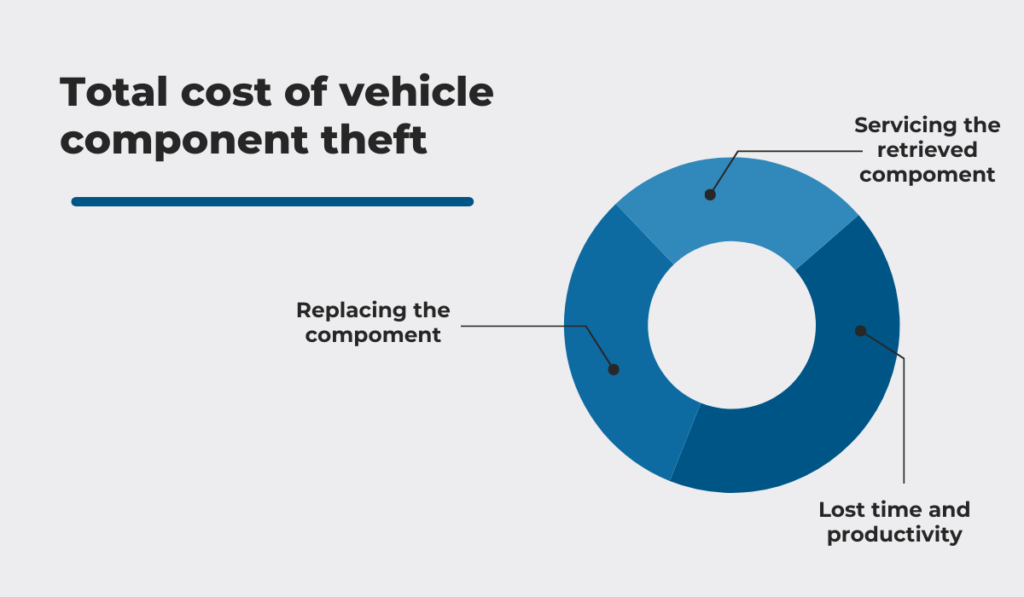
Source: GoCodes Asset Tracking
One of the first steps to reduce component theft is to secure your fleet by ensuring vehicles are locked in an alarm-fitted area.
Put motion-sensor cameras on your parking lots or alarms near parked cars and ensure they’re well-lit. It takes time to remove a component, and thieves will be deterred from it when they can be seen easily.
You can also secure individual parts by marking them with unique identifiers—such as names and codes.
For example, you could use bright-colored paint to mark catalytic converters with their associated vehicle identification numbers (VINs).
This may further discourage criminals from stealing them, as such parts are harder to resell and easier to identify during recovery.
For some high-value parts, consider fitting them with small GPS trackers. If the cost of the component outweighs the cost of a tracker, it makes sense to do so.
Fraudulent Usage or Insider Theft
Not all threats come from outside your organization. Insider theft, where employees misuse vehicles or collaborate with external thieves also happens and can be just as damaging.
It happened at Kenya’s electricity provider Kenya Power, where employees collaborated with security and transport personnel to misappropriate millions of liters of diesel.

Source: Google
Such insider theft can lead to notable monetary losses. For Kenya Power, it meant approximately $11 million dollars lost.
Fleet managers can prevent fraud and insider theft by implementing vehicle monitoring systems that flag unusual activities, such as late-night trips or excessive mileage.
All this data is usually available through a fleet management system.
Such specialized software automates data collection and often offers robust reporting modules.
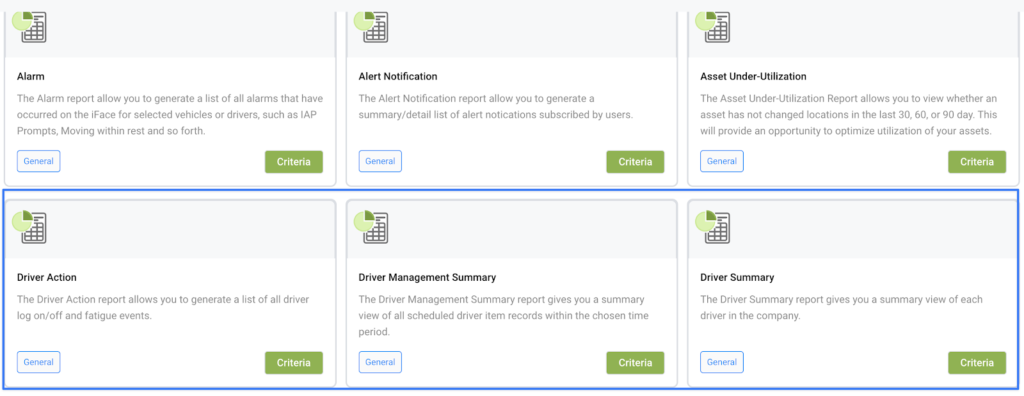
Source: GoCodes Asset Tracking
Maintaining accurate and comprehensive records is how you nip fraud and insider theft in the bud.
Regular audits of vehicle logs, mileage reports, maintenance expenses, and other fleet-related costs can uncover discrepancies before they spiral into more significant issues.
With detailed records, you can identify abnormalities much sooner and have concrete evidence in case legal disputes arise.
Apart from tracking vehicle information, you can also cultivate a culture of accountability.
Muhammad Umair, Deputy General Manager of Artistic Milliners, elaborates on the importance of accountability within fleet operations.
“When each team member, from drivers to managers, takes accountability for their actions and decisions, the fleet sails more smoothly.”
You can build this accountability by implementing work policies and clear penalties. In that case, everyone knows what would happen if they were found involved in fraudulent behavior.
Conclusion
Protecting your fleet doesn’t have to be an uphill battle.
Theft is costly, disruptive, and frustrating, but it’s not inevitable. By implementing the right strategies and exploiting advanced technology, you can protect your assets and ensure your operations run smoothly.
As the fleet management industry continues to evolve, investing in superior technology is not just a choice; it’s a shrewd effort to safeguard the future of your business.
GoCodes Asset Tracking offers various solutions designed to combat all types of fleet theft.
From GPS trackers providing real-time location data at all times to geofencing alerts notifying you instantly when assets move outside designated zones.
Schedule a free demo to explore GoCodes Asset Tracking’ complete feature set and see how our tailored solutions can transform your fleet business today.


